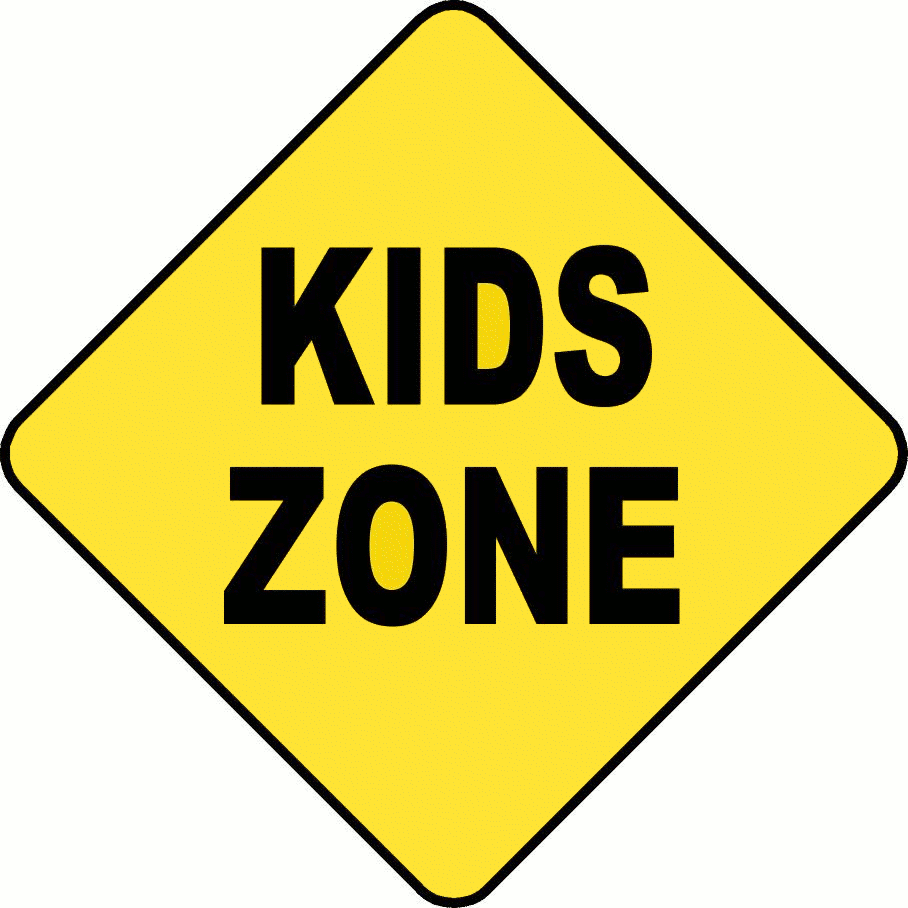 In my experience, adult Bible study is a challenge. It's a challenge to teach, and often a challenge to attend. People want to learn more about God, His Word, and their faith. They do! They also have a LOT of questions! Not to mention that many have ideas that do not fit with the teachings of the LCMS. Do they not know the doctrines of the church? No. Far more than any pastor wants to acknowledge do not know what the church teaches.
In my experience, adult Bible study is a challenge. It's a challenge to teach, and often a challenge to attend. People want to learn more about God, His Word, and their faith. They do! They also have a LOT of questions! Not to mention that many have ideas that do not fit with the teachings of the LCMS. Do they not know the doctrines of the church? No. Far more than any pastor wants to acknowledge do not know what the church teaches.So, why is adult Bible study attendance so poor? My theory is that it's because nobody trains those who teach adults. For years... maybe hundreds of years... the way adults are taught in the church is by lecture. We hear a sermon and then go to Bible study for a longer sermon. Why? There are probably many reasons and among them somewhere could be any of these:
- pastors haven't been taught how to facilitate discussion well.
- pastors think they teach well.
- pastors don't know the difference between good questions (those that require thought) and bad questions (those that require no thought).
- pastors are afraid they won't be able to answer some questions people will ask.
- people think that if their pastor is funny that he's a good teacher.
- they don't know what a good class is because they've never attended one.
No matter how many times I try to encourage people to improve adult education in the church, I get few who are interested in learning how to teach better. They're not interested in attending a seminar or a workshop. Not even my own pastors are interested! So, I decided to show them. I signed up to teach an adult Bible class. It was called What do you believe? Why do you believe it? and my husband (who has an M.Div. from Concordia Seminary in St. Louis) team-taught with me. We only had 5 weeks (the church has 5 week classes all year) and we came up with the following topics for each week:
- The Lord's Supper
- Baptism
- Worship
- Means of Grace
- Prayer
Discussion is the key to learning so my goal is always to get people in the Bible, talking to each other, and coming up with questions. What are you curious about? What do you want to know more about? What don't you understand? Here's how it works:
- Ask a leading or focusing question.
- Give them Bible verses.
- Ask a major question, pose a problem, or give them a real life scenario to consider.
- Provide questions for them to consider and discuss.
- Give them a tool to ask questions anonymously (sometimes people don't want the microphone). I have a question jar.
- Leave plenty of time to answer questions they can't answer through the Bible verses and table discussion.
We had about 40 students and they had such great discussion at their tables that they developed more questions as they discussed. They key here is that you can't just let them discuss without giving time to clarify any issues that come up or came up. We don't want them to leave thinking things that aren't Biblically accurate. Our class had SO many questions and the whole class discussion was so dynamic that we stayed on that topic for 3 weeks!!! It was fabulous!! People came up after every class to tell us how much they loved the class and how much they were learning. After the last class a man came up and gave me a note that said, "Thank you! I can't wait until your next one!"
Friends, let's have that response from every participant at every adult Bible study! Download the teacher's notes for the lesson about baptism here. If you need help learning how to teach adults better, please contact me!





























